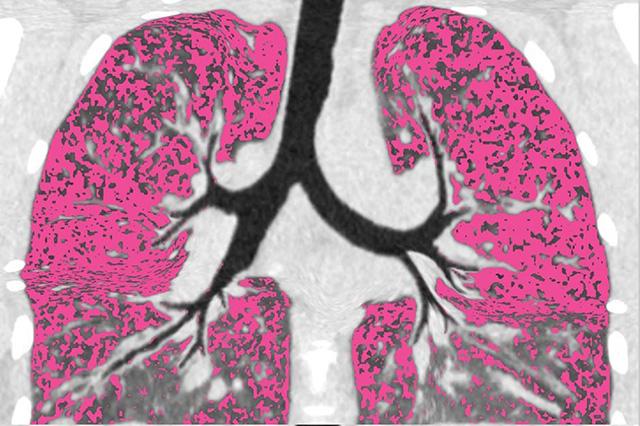A total of 250 one-day-old male broiler chickens were raised for 35 days in five separate groups.
One of the groups was challenged with E.coli and had supplements of 3% fermented chives (FC3) to assess it as an alternative to antibiotics.
This group showed significantly improved growth performance in terms of higher body weight gain, feed intake, survival rate, and production efficiency.
“The FC3 group achieved weight gain and feed intake levels comparable to those of the antibiotic (AB) and negative control (NC) groups, with significantly higher values than the positive control (PC) group.”
Additionally, the researchers observed enhanced immune responses, stronger intestinal barrier, and balanced inflammatory response.
The treatment was found to be very effective at reducing E.coli and Salmonella while increasing beneficial Lactobacillus.
“The observed performance improvements may be linked to bioactive compounds present in chive, such as polyphenols, flavonoids, and organosulfur compounds, known for their antioxidant, anti-inflammatory, and antimicrobial properties. These compounds potentially inhibit E. coli proliferation in the gastrointestinal tract, thereby enhancing gut health and supporting growth,” said the study.
It concluded that fermented chives could serve as a promising antibiotic alternative in poultry farming.
“Fermented chive represents a promising antibiotic alternative in poultry farming, contributing to intestinal disease control and sustainable livestock production.”
Boosting chive efficacy with probiotics
The researchers fermented chives (Allium schoenoprasum) with Lactobacillus plantarum 1582 to create the additive.
According to the paper, chives are rich in flavonoids such as quercetin and organosulfur compounds.
However, it was necessary to ferment the chives to enhance its bioactivity by increasing the release of polyphenols, free amino acids, and organosulfur compounds while also boosting antioxidant properties.
Fermentation would also encourage the proliferation of beneficial gut bacteria to benefit the overall gut health.
One of the authors from this study previously isolated L. plantarum 1582 from free-range native chicken faeces.
It was found to have “superior probiotic properties” among other strains and capable of E. coli inhibition.
The researchers said selecting the right strain was crucial to “maximising the benefits” of chives.
“Interestingly, fermentation not only preserves active compounds but also generates by-products, such as short-chain fatty acids, which nourish epithelial cells and maintain intestinal mucosal integrity,” they observed.
According to the researchers, FC3 also functions as a synbiotic, combining the prebiotics from chives and probiotics from the L. plantarum fermentation.
“This synbiotic effect promotes the survival of beneficial gut bacteria, increases lactic acid production to lower intestinal pH, and inhibits pathogenic E. coli. Chive also provides nutrients for beneficial bacteria, supporting microbiota balance, improving digestion, and enhancing growth performance.”
Source: Fermentation
Fermented Chive (Allium schoenoprasum) with Lactobacillus plantarum: A Potential Antibiotic Alternative Feed Additive for Broilers Challenged with Escherichia coli
Authors: Phan Vu Hai, Le Xuan Anh, and Nguyen Xuan Hoa
https://doi.org/10.3390/fermentation11050277











